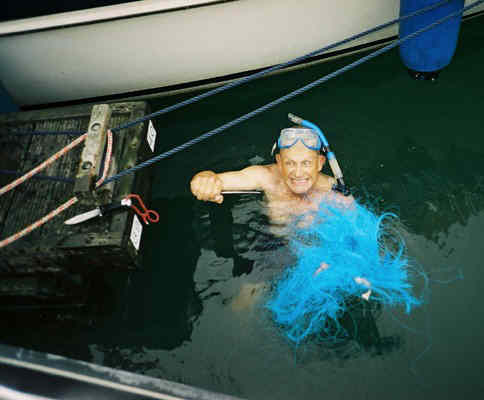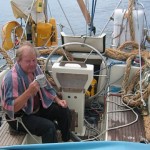Experiences & Tips
Tips and experiences from Maxi Owners
ARE YOU PAYING TOO MUCH FOR YOUR INSURANCE?
In conversation with a fellow member who also owns a Maxi 1100, the topic of insurance came up and on comparison found we were both insured with the same company, with minor variations in value/content/racing insurance. We found that we were paying approx. £300 more for ours. We had been with the same company for over 15 years and had no claims.
On speaking to the company after a bit of “that can’t be right – there must be some differences”, – they have now reduced our insurance by £250 which we felt was fair as we have slightly higher racing cover.
So do use your contact list (downloadable from the members’ area) and make sure you are not paying too much.
The saving of course has now been spent on other things for the boat – new lifejackets!!
Sara & Andy Horwood
Asante
An Episode in Flushing!
I had had a nice week in Belgium and Holland. All prepared and locked out of Flushing and motoring homeward to River Orwell.
Suddenly the revs reduced to almost nothing. My guardian angel must have been there because we were just passing the small harbour which is actually in Flushing and I was able turn and very slowly motor in. The lock was even on green. I told the harbourmistress I might need an hour, please. A berth was given.

Another tale of a tangle!
Exemplary service in the Baltic – rudder bearing repair!
Sybarite, my Maxi 1200, and I have been cruising the Baltic since June 2004. I had noticed some minor leakage over the last year but had been unable to identify the source unequivocally.
However, when on passage from Latvia to Visby last week in strongish winds (Force 6 and 7) for most of the journey, the leak became more troublesome with the automatic bilge pump cutting in every few minutes until we had to resort to the manual pump when it failed due to a clogged filter. On arrival at Visby, I contacted Maxi and reported my problem. Maxi immediately sent down their works manager and after inspection we were agreed that the most likely cause was a defective rudder bearing.
It was arranged that I would sail up to Farosund, in north Gotland, where Maxi have opened a new factory and there they would lift out my yacht, repair her and for a reasonable fee store and maintain her over the winter.
The service I received was exemplary, I cannot praise their reaction to my problem too highly. It is gratifying indeed to know that they have such concern for the ongoing condition of their yachts and provide such outstanding support for owners. I am reinforced in my view that a Maxi yacht is undoubtedly one of the better buys for its quality and for the service provided both by the UK agents, S D Marine and Maxi Yachts.
Duncan McMillan August 2005
Short handed pontoon mooring – without grief
With only two persons on board, mooring alongside our berth is made easy by adding an extra mooring line and repositioning a fender. All we do is……. position a fender on the bow so it does not hit the pontoon, if the bow springs in, and use a fixed-length bow-spring to prevent our bow hitting the pontoon. When we come in to our berth we drop the bow-spring loop over the center pontoon cleat and tie up the stern line. If the the wind is blowing the bow off the pontoon we use forward engine power to spring the bow onto the pontoon.
Details………
First we make a fixed-spring……
With the boat alongside, we take an extra mooring line with a loop at one end and attach the loop to the boat’s bow cleat. we make sure the fixed-spring is as long as your normal lines. We tie a bowline to make another loop to fit over the pontoon center cleat. We make the loop large enough to fit over the center cleat (but not too large, else it may jump off the cleat), we position the loop so that the line stops the boat’s bow from hitting the pontoon when the rope stretches under load caused by forward motion of the boat.


